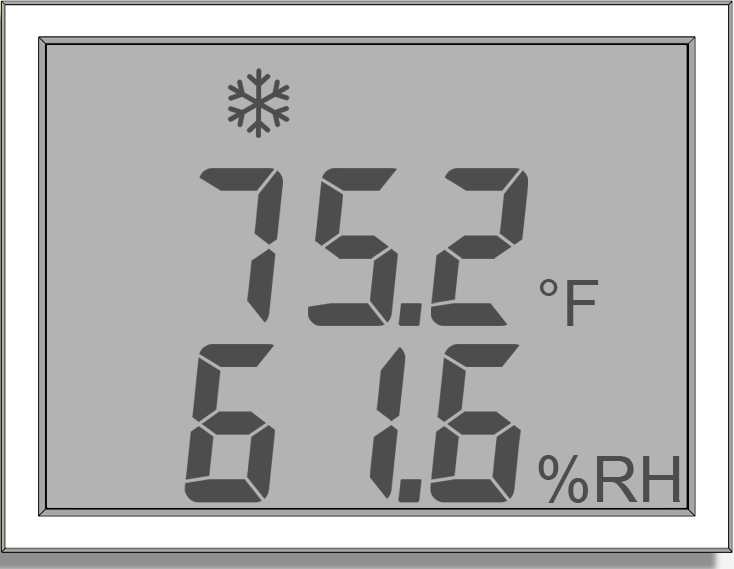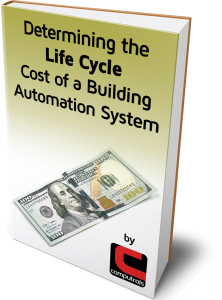Covid-19 is an abbreviation of Coronavirus Disease 2019, which is the new coronavirus currently affecting the majority of the world. Its main transmission process is via the droplets of moisture contained in the air exhaled by people when they breathe or talk. The more rigorous the level of activity is, the more concentrated these exhalations become.
If we are dealing with an enclosed space, such as an office building, then we have to treat the virus as a pollutant that will negatively affect the indoor air quality. To that end, there are established guidelines within our industry that best address how to improve the indoor air quality within our spaces, which can easily be tailored to focus on diluting the concentration of the virus in the air around us. Most established procedures are three-fold and consist of controlling the source of the contaminant, removing the pollutant from the air with cleaners, and reducing the concentration of the offending substance by increasing the ventilation to the space. Since we are specifically focusing on COVID-19, we will have to evaluate the efficacy of these three steps as they relate to viruses and whether the inherent cost will provide acceptable returns.
Reducing Pollutants
Typically the most effective way to reduce pollutants and to improve air quality is to decrease their emissions or to eliminate the source completely. Since COVID-19 is spread by the droplets people exhale, it isn’t feasible to totally eliminate the root of the issue; all we can do is curtail it by reducing the number of people occupying a given space at the same time, and by asking individuals to use a physical barrier that helps prevent the diffusion of breath out into the space, such as masks. While coronaviruses are thought to spread mainly via airborne delivery methods it is also possible for surfaces to be contaminated and so cleaning and disinfecting, along with handwashing, also play a vital role towards controlling the source of the spread.
Cleaning the Air
There are many types of cleaners available on the market, and cost and efficiency seem to go hand in hand; the more expensive options tend to remove more particles from the air. The most common type in the HVAC industry is the filter. The downside, from a corona-focused perspective, is that inexpensive filters don’t capture small particles, such as viruses; high-performance air filters may capture more but no mechanical filter is designed to remove gaseous pollutants completely. While other types of cleaners, such as UV lights, also exist they have their own downsides. The airflow rate required for UV lights to actively kill the virus is often too low and offsets the benefit by reducing the ventilation rate. While any positive effect is beneficial, given a limited amount of capital, we wouldn’t suggest starting with cleaners as a first step, but rather focusing on the ventilation aspect of pollutant mitigation.
Increasing Ventilation
The third, and most effective step, in lowering the concentration of indoor air pollutants is to increase ventilation or the amount of outdoor air being introduced into a space. This will help dilute the offending substance and decrease the potential for affliction. Special consideration should be given to increased ventilation when occupancy is high, and also in high-traffic areas. In addition to helping reduce the risk of airborne transmission of viruses, improving ventilation also benefits indoor air quality by reducing exposure to products used for cleaning and disinfecting potentially contaminated surfaces. Increasing ventilation has historically come with an increase in energy costs because we now have to condition a greater volume of air due to the fact that we need to increase the amount of exhausted air to keep the pressure in the building balanced. Some potential ways to offset these costs are to implement energy recovery systems in the exhaust portion of your infrastructure, such as heat wheels or air-to-air heat exchangers. These devices will transfer the energy you’ve already invested into conditioning air from what is being exhausted out and transfer it to incoming outdoor air, preventing it from being “thrown out with the bathwater”.
Dedicated Outdoor Air System (DOAS)
One method that has worked well for us with buildings that have a Dedicated Outdoor Air System (DOAS) is to open the chill water (CHW) valve to allow the water to flow through the coil and shed its heat energy to the incoming outdoor air; this will warm up the air and cool down the water. The cooled-down water will be pumped to other air handling units and be used to cool down the supply air without the need for 100% mechanical cooling, thus saving on energy costs. The warmed-up water will then be pumped back to the DOAS system to start the cycle all over again. This will work better during winter climate conditions but a major caveat is that it will lower the relative humidity levels in the space. Researchers have found that indoor relative humidity plays a vital role when it comes to virus control and that it can be broken down into three factors: how humidity affects the human immune system, how long the virus can remain active in certain environmental conditions, and how far the virus can travel/remain airborne.
Humidity Levels

Studies have shown that a relative humidity of between 40 and 60 percent is the target range for indoor spaces. Scientists have found that these levels are ideal for the human body because they enhance our ability to fight off infection. At drier levels, the hair-like organelles, called cilia, which line the outer cells of the body’s airways do not function as well, and it impairs their ability to expel viral particles as well as they otherwise would. It has also been discovered that the COVID-19 decays much faster at around 60 percent relative humidity than at other levels, and so keeping indoor spaces within these ranges helps reduce the amount of time that the virus can remain active. The third factor related to humidity deals with how far the virus can travel. Typically, six feet is the accepted radius of how far contaminated virus particles will travel when they are exhaled. However, drier air means that more moisture will be leached from the virus particles making them smaller and lighter, able to stay afloat in the air for longer periods of time. A ‘wet, heavy’ particle will tend to fall down to the ground or surfaces much quicker than a ‘drier, lighter’ particle. Drier air can lead to greater numbers of tiny COVID-19 particles that travel farther and penetrate into human airways. As such, it is important to ensure that the indoor space is neither too dry nor too humid.
Ensuring proper ventilation with outside air can help reduce the concentration of airborne contaminants, including viruses, indoors. However, by itself, increasing ventilation is not enough to protect people from being infected with COVID-19. When used along with other best practices recommended by the CDC and others, increasing ventilation can be part of a plan to protect people indoors without significantly increasing energy usage.




